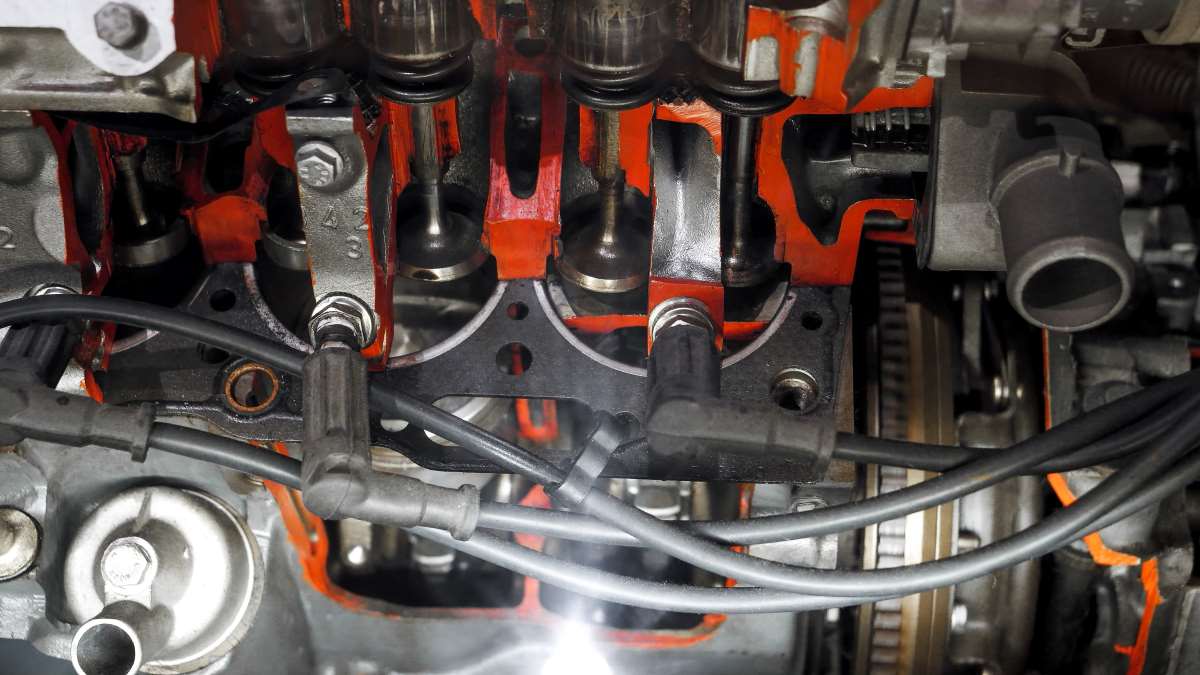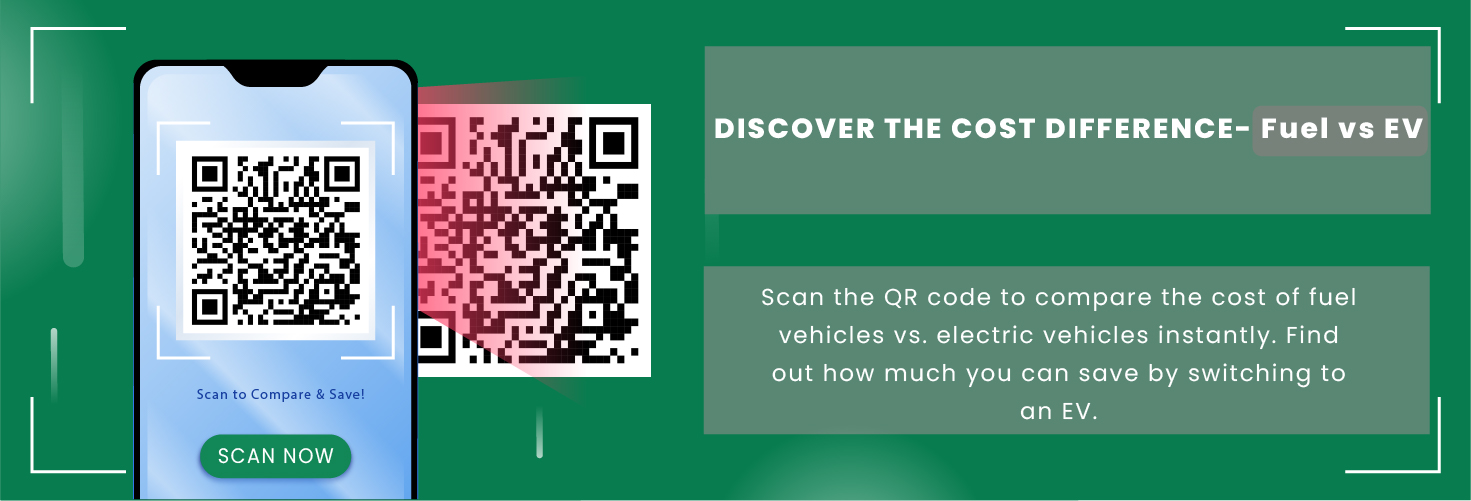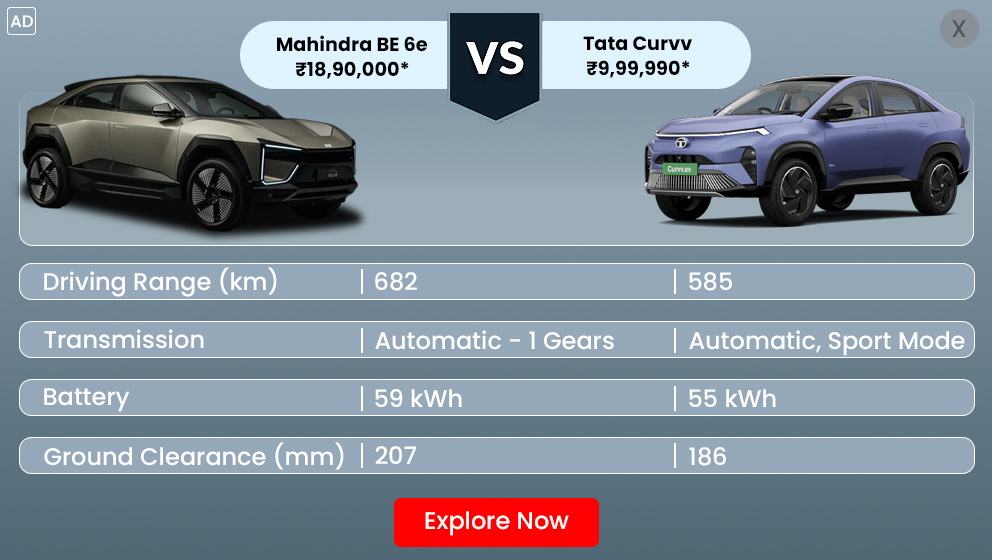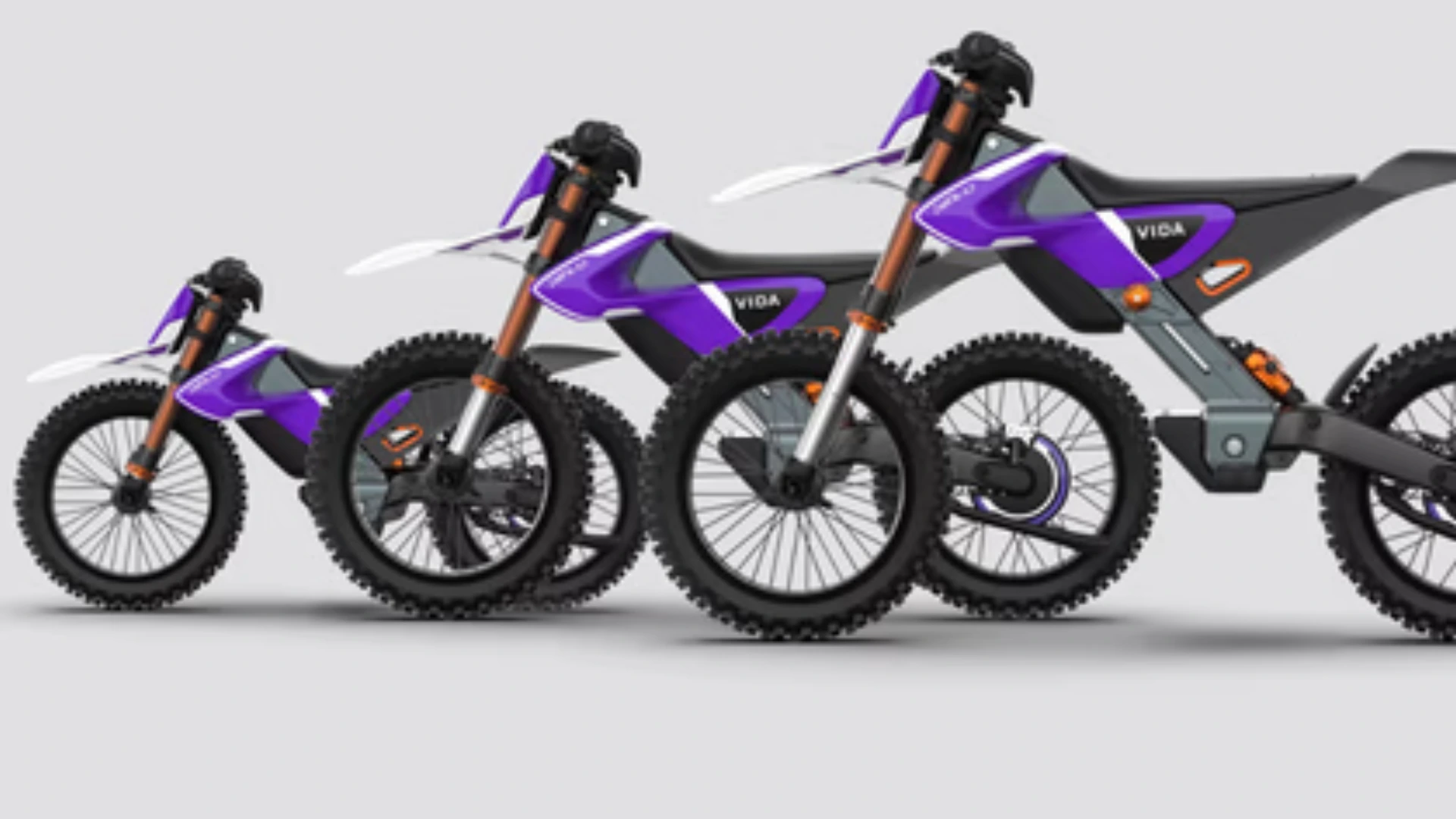A piston is one of the most critical components responsible for converting fuel combustion into mechanical motion. Whether it's a car, bike, or aircraft, pistons ensure that power is generated efficiently and reliably. Understanding how piston in engine works, its types, and how to maintain it can significantly extend the engine’s life and performance.
This comprehensive guide delves into all aspects of piston engines, including their function, components, and various types. We'll also address maintenance best practices, common myths, and troubleshooting tips for typical issues.
What Is a Piston in Engine?
.jpg)
A piston in engine is a cylindrical component that moves up and down inside the combustion chamber of an internal combustion engine. When the air-fuel mixture ignites, the expanding gases push the piston downward, generating energy. This energy drives the crankshaft, which powers the vehicle.
Pistons are engineered to withstand extreme heat, pressure, and friction. They play a vital role in maintaining engine efficiency, ensuring smooth power delivery, and supporting proper combustion.
Choosing a motor insurance plan that includes engine protection coverage can also help safeguard against the costly replacement of pistons or mechanical damage.
Anatomy of a Piston
While a piston may appear to be a simple metal cylinder, it is carefully designed to provide efficiency, strength, and durability. Each part has a specific role in ensuring optimal performance:
|
Piston Part |
Function |
|
Crown |
The top surface of the piston is where the air-fuel mixture burns. |
|
Ring Grooves |
Channels where the piston rings are fitted. |
|
Piston Rings |
Seal the combustion chamber, control oil, and help transfer heat. |
|
Piston Skirt |
Supports and guides the piston’s movement inside the cylinder. |
|
Wrist Pin |
Connects the piston to the connecting rod. |
These components work together to ensure the piston can endure intense pressure and friction without compromising performance.
How a Piston Works

The piston in engine operates on a four-stroke engine cycle, which repeats thousands of times per minute:
- Intake Stroke – The piston moves down, drawing the air-fuel mixture through the intake valve.
- Compression Stroke – The piston rises, compressing the mixture tightly.
- Power Stroke – The spark plug ignites the mixture, forcing the piston downward to generate power.
- Exhaust Stroke – The piston moves up again, expelling exhaust gases through the exhaust valve.
The connecting rod then transfers the piston’s linear motion to the crankshaft, converting it into rotary motion that drives the vehicle.
Piston Types Which One is Right for Your Engine?
|
Piston Type |
Description |
Common Use |
|
Flat Piston |
Flat top surface. |
Standard engines prioritize fuel efficiency. |
|
Dish Piston |
Concave design reduces the compression ratio. |
Turbocharged engines. |
|
Dome Piston |
Raised top increases compression ratio. |
High-performance engines. |
Each piston type influences compression ratio, power output, and overall engine efficiency. Selecting the right piston type depends on the specific application and desired performance.
Additional Functions of Pistons
Beyond generating power, pistons perform several additional functions essential to engine operation:
- Heat Transfer: Pistons transfer heat away from the combustion chamber, preventing overheating.
- Oil Control: Piston rings help control oil flow, scraping excess oil and returning it to the oil pan.
- Compression Sealing: Proper sealing maintains pressure for efficient combustion.
- Lubrication Support: Ensures smooth interaction between the piston and cylinder wall.
Components of Pistons and Their Functions
|
Component |
Function |
|
Piston Rings |
Seal combustion, control oil, and dissipate heat. |
|
Piston Skirt |
Reduces friction and maintains piston alignment. |
|
Connecting Rod |
Links the piston to the crankshaft, converting linear to rotary motion. |
|
Connecting Rod Bolt |
Secures the connecting rod to the crankshaft. |
|
Piston Bearings |
Reduce friction and absorb loads, supporting smooth operation. |
These components must function effectively together to maintain a strong and efficient piston engine function.
Common Causes of Piston Problems
Piston Slap
A knocking noise occurs when the piston moves excessively within the cylinder due to wear and clearance issues. If ignored, it can cause severe engine damage and oil burning.
Worn Rings
Piston rings wear out over time due to heat and friction, leading to loss of compression and increased oil consumption.
Overheating
Excessive heat can cause pistons to expand and deform, leading to failure. This often happens due to a malfunctioning cooling system.
Inadequate Oil
Insufficient lubrication increases friction, resulting in accelerated wear and potential engine seizure. Proper oil levels are essential for piston longevity.
How to Keep Your Car Pistons Healthy
.jpg)
- Change engine oil regularly to reduce friction and carry away heat.
- Use high-quality fuel to minimize carbon buildup and detonation.
- Keep air filters clean to prevent dirt and debris from entering the cylinder.
- Schedule routine engine inspections to identify issues early.
- Avoid engine overheating by maintaining the cooling system.
These maintenance practices can significantly reduce the likelihood of piston damage and extend engine life.
Forged vs. Cast Pistons
|
Piston Type |
Strength |
Cost |
Best Application |
|
Forged Pistons |
High strength and durability |
Higher cost |
High-performance and racing engines |
|
Cast Pistons |
Standard strength |
Economical |
Daily-use vehicles |
Forged pistons are ideal for engines that undergo high loads, while cast pistons are suitable for regular driving conditions.
Piston Myths and Facts
- Myth: Bigger pistons always mean more power.
Fact: Power depends on piston size, engine design, and fuel delivery working in balance. - Myth: Piston engines are outdated.
Fact: Even hybrid and modern vehicles continue to use piston in engine technology. - Myth: Pistons do not require maintenance in modern engines.
Fact: Pistons still face wear and must be maintained properly for optimal performance.
Conclusion
The piston in engine is a fundamental component of every internal combustion engine. It transforms combustion energy into mechanical power, enabling the smooth operation of vehicles and aircraft. Understanding piston engine function, piston types, components, and maintenance practices is essential for ensuring performance, reliability, and engine longevity.
Regular inspections, quality maintenance, and timely repairs can help avoid costly engine problems and ensure that your vehicle remains in excellent condition.




_1760511736.webp)

_1760527452.webp)



